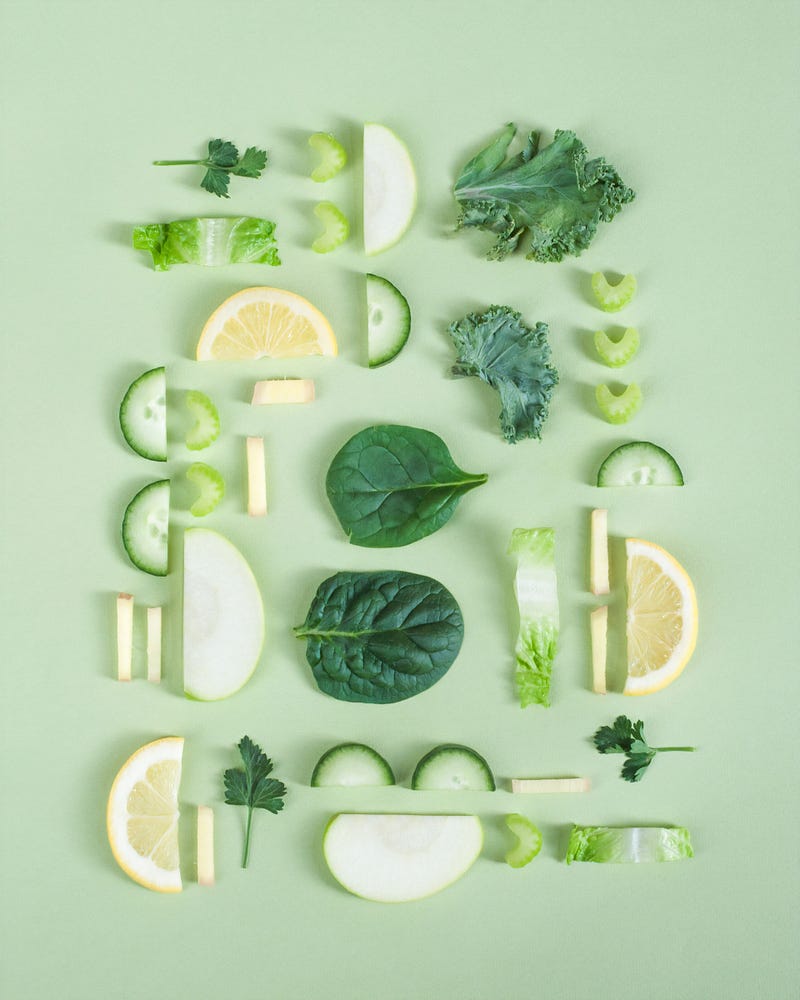# Reviving Agricultural Diversity: A Path to Sustainable Farming
Written on
Chapter 1: The State of Our Food Supply
Rice, wheat, potatoes, and maize dominate our diets today, making up 60% of our plant-based food intake. Shockingly, fewer than 100 plant species account for 90% of the energy we consume, a stark contrast to the 12,650 edible plant species identified globally.
Throughout the 20th century, advancements in agriculture led to the development of high-yield crops that can feed billions. However, this focus on a limited number of species has neglected the vast agrobiodiversity cultivated by traditional farmers over centuries. Alarmingly, 75% of the world’s crop diversity has vanished in the last century. For instance, Indian rice growers once cultivated over 30,000 varieties of rice, but today only around 50 remain.
The Green Revolution of the 1960s and the rise of intensive farming practices contributed to the excessive use of fertilizers and pesticides and favored the cultivation of high-yield varieties at the expense of environmental sustainability and traditional crops. This loss of agricultural biodiversity jeopardizes food security, especially as climate change causes unpredictable weather patterns.
Historically, the decline in genetic diversity within food crops has had dire consequences. The Great Irish Famine of 1845 serves as a tragic example when potato blight devastated crops, leaving millions starving. Similarly, the Gros Michel banana, once the most widely grown variety, faced extinction due to a fungus that targeted its clones, leading to a drastic decline in production. Fortunately, the discovery of the Cavendish banana provided a temporary solution.
With climate change expected to increase pest populations, the risk of repeating historical catastrophes grows. Reduced agricultural diversity makes ecosystems more susceptible to pests and climate fluctuations. When farmers rely on a single crop, they risk losing everything, particularly if they depend on that harvest for sustenance and income. A series of poor harvests can lead to food insecurity and poverty.
To combat these risks, farmers can diversify their crops. For instance, planting various species like chili, potatoes, beans, and corn can provide multiple food sources. Additionally, combining traditional rice varieties with modern hybrids offers a safety net against crop failure.
Promoting agricultural diversity not only enhances community resilience but also ensures that farmers have access to a range of food sources. Many farmers express a desire to cultivate and preserve traditional varieties, recognizing the risks associated with modern hybrids, which often require substantial inputs and may fail to perform under challenging conditions.
Traditional varieties provide a level of security, as farmers control their seed production. While yields may be lower, the reduced need for fertilizers and pesticides often offsets this disadvantage.
Beyond the economic aspects, there is a cultural significance to preserving traditional varieties. Farmers have long been stewards of unique, locally adapted crops, passing down knowledge through generations. These varieties often hold cultural value, as seen with Vietnam’s traditional sticky rice, which plays a significant role in community events despite its lower productivity.
Today, many traditional crops are stored in gene banks, where they can remain dormant for years. This ex-situ conservation method, while beneficial, fails to account for environmental changes. Plants in gene banks do not evolve with their surroundings, limiting their adaptability to new challenges.
Farmers possess invaluable knowledge about traditional varieties, but this wisdom is diminishing as they shift towards modern hybrids. It's crucial to create programs that preserve this knowledge and pass it on to future generations, ensuring the continuation of traditional breeding practices.
Supporting the development and conservation of traditional varieties is essential for the future of agriculture. These varieties may serve as a crucial buffer against the impacts of climate change, safeguarding our food supply for generations to come.
Pick and Choose: The Challenge of Crop Selection
Deciding which species to conserve and which to let go may have a straightforward solution.
The Coffee Hike: A Journey Through Vietnam's Coffee Plantations
Exploring the coffee-growing regions of Vietnam and their agricultural practices.
Responsibility in Biodiversity Conservation
People can no longer claim ignorance; they must confront the urgent reality of biodiversity loss and take action.
The first video titled "THIS MOM WILL NEVER MAKE YOU EAT ALL YOUR VEGETABLES" humorously addresses the challenges parents face in encouraging children to eat their veggies. It explores creative ways to make vegetables appealing and highlights the importance of incorporating more plant-based foods into our diets.
The second video, "Vegetables You Should Absolutely Never Eat," discusses various vegetables that may have negative health impacts or are less nutritious. It emphasizes the need for informed choices in our diets to ensure both health and sustainability.
